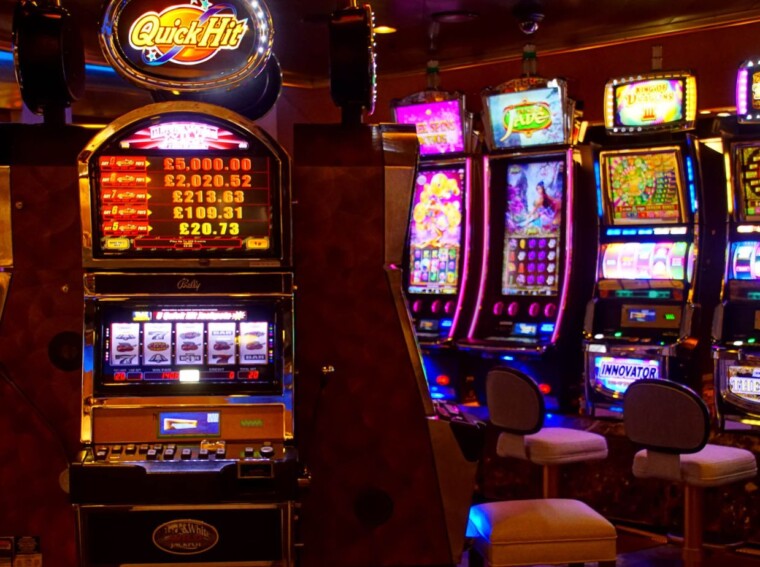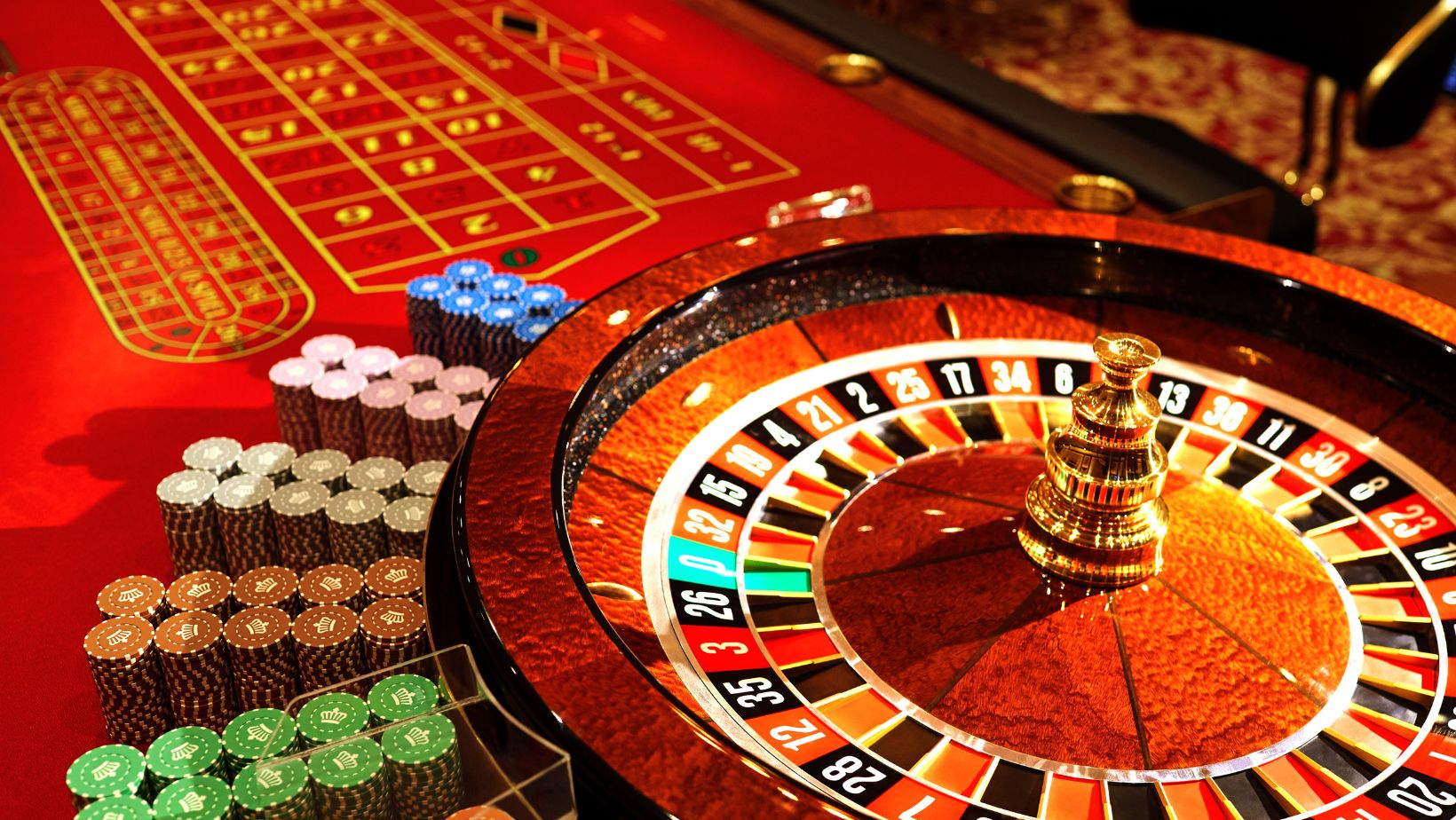The sights and sounds of a bustling casino floor overload the senses with a cacophony of colors, noises and excitement. Yet amidst the chaotic atmosphere, the audio elements of each casino game contribute tremendously to player experience and operator success. Though often overlooked, sound design plays a vital role in modern casinos.
From the moment players step onto the floor, audio cues help attract them to different games and set the tone for what to expect. Game themes establish distinct vibes through background music, while periodic celebratory sounds generate further interest. Even players’ emotional states and risk appetites can be manipulated through careful audio selections.
Once at a cabinet, players rely on sound effects to inform gameplay decisions, identify key events and build anticipation during bonus rounds or progressive jackpots. Combined with prominent visuals, great audio offers vital player feedback. Over time, players unconsciously associate certain effects with big wins, conditioning them psychologically to keep playing and chasing those sounds.
Matching Audio to Game Themes and Mechanics
Sound designers begin projects by familiarizing themselves with a game’s creative direction and mechanics to develop complementary audio. Certain themes like sports or adventure lend themselves better to upbeat, high-energy soundscapes, while more relaxed games at Vegas Now Casino may prioritize atmospheric ambient tracks.
Game events also warrant custom-tailored effects for player clarity. Designers meticulously assign distinctive sounds to wins, losses, nudges, bonus triggers and other in-game interactions. For example, increasing or decreasing pitch and tempo can indicate the size of different payouts.
| Game Theme | Background Music | Win Event Sounds | Loss Event Sounds |
| Ancient Egypt | Mysterious, tribal beats with wind instruments | Triumphant horns and chimes | Gongs, rattles |
| Western / Cowboy | Uptempo country, saloon piano | Cash register rings, victorious guitar riffs | Ricocheting bullets, wooden thuds |
| Sci-Fi | Synthetic electronic tones | Digital bloops and blips, power ups | Static buzzes, computerized voiceovers |
| Fantasy Forest | New age chimes, woodwinds, nature field recordings | Twinkling magical tones, creature vocals | Storm rumbles, blunt thwacks |
Driving Game Performance Through Audio
Sound also serves more practical functions like drawing attention to open machines or jackpot amounts. For operators, audio cues subtly encourage continued play even during loss streaks by rewarding players for minimal actions. Losing spins containing small wins or interactive elements still trigger positive sounds that motivate further investment.
Varying audio by player demographics also occurs. Male and female players demonstrate different risk tolerances. Women react more strongly to losses, so games use gentler, encouraging effects over sharp stingers. Additionally, older audiences struggle to parse complex sounds, so games feature more pronounced yet welcoming sounds.
Sound designers conduct extensive field-testing, getting player feedback on audio effectiveness. They carefully monitor performance metrics on prototypes before finalizing sound pallets, maximizing revenue.
Accounting for the Casino Environment
Games don’t exist in isolation, so designers make sure audio plays nicely with neighboring machines. Sounds must be noticeable over ambient floor noise but avoid bleeding into other games. Various techniques help set predictable audio ranges:
- Equalization: Boosting critical tonal zones ensures important sound effects cut through background chaos
- Compression: Reducing dynamic range keeps sudden volume spikes from disturbing players at other games
- Noise Gates: Setting audio thresholds prevents machine sounds while idle, only playing effects when activated
Modern slot machine speakers face downward, keeping sound concentrated on players. Casino carpeting also absorbs errant audio. Games even feature volume controls for players themselves.
Future Audio Innovation
Though casino games appear simplistic on the surface, creating their underlying audio experiences requires extensive skill and consideration. Sound designers must account for diverse player types, venue variables and performance goals – all while matching creative themes. When done effectively, audio elements directly facilitate gameplay, reinforce branding and most importantly, boost bottom lines.
As games grow more interactive and immersive, next-generation audio tech unlocks more possibilities. Object-based sound allows for multidirectional effects that pan around players wearing headphones. Gamification through mobile devices means motion-reactive audio. And just as visual displays improved exponentially in recent decades, more nuanced and spatially realistic speaker setups continue enhancing audio engagement.
That said, traditional pre-rendered background music and sound effects won’t disappear. Their reliability persists thanks to lower development costs compared to complex dynamic audio.

